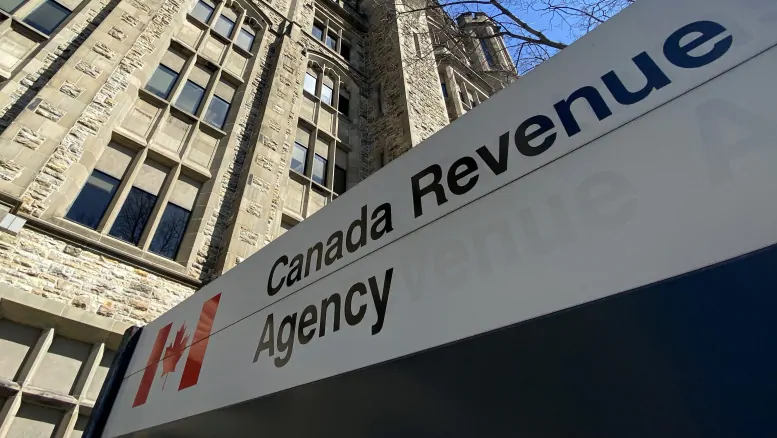A taxpayer may be subject to penalties when they fail to comply with their obligations under legislation which the Canada Revenue Agency (“CRA”) administers, for example, late-filing returns and failure to report income. Interest is automatically assessed on any debt that is owed to the CRA – which includes such penalties. If a taxpayer disagrees with, or is unable to pay, such interest and/or penalties, the taxpayer may apply for taxpayer relief. Under Subsection 220(3.1) of the Income Tax Act (Canada), the CRA has discretion to waive or cancel interest and penalties which were payable in the previous ten years.
Circumstances That May Warrant Relief
The CRA has published a guide for applying for taxpayer relief (ICO7-1R1, “Taxpayer Relief Provisions”). Though the guidelines are not the law, the CRA indicates that it will consider granting taxpayer relief in the following circumstances:
- The taxpayer has experienced extraordinary circumstances which interfered with meeting their tax obligations (for example, natural disaster, death in the family, or serious illness);
- Actions of the CRA (for example, providing incorrect information or delay) are responsible for the arrears;
- Inability to pay or financial hardship; or
- Other circumstances.
These guidelines are not exhaustive, but it is rare that the CRA would grant a relief request in a situation outside of these guidelines.
Taxpayer Relief Application
Relief requests are considered on a case-by-case basis, and it is difficult to predict the outcome of such requests. To be successful, it is important that the taxpayer demonstrates that their situation falls within the grounds for relief set out by the CRA. Requests can be submitted online, or by filling out RC4288 Request for Taxpayer Relief – Cancel or Waive Penalties or Interest.
Relevant information to be included in the relief request includes:
- your name, address, and telephone number;
- your social insurance number (SIN) or any other identification number assigned to you by the CRA;
- the tax year(s) or fiscal period(s) involved;
- the facts and reasons supporting that the interest or penalty were either mainly caused by factors beyond your control, or were the result of actions by the CRA, and an explanation of how the circumstances affected your ability to meet your tax obligations;
- the facts and reasons supporting your inability to pay the penalties or interest assessed or charged;
- any relevant other documentation (for example, death certificates, doctor’s statements, or insurance statements, full financial disclosure, etc.);
- a complete history of events including any measures that have been taken (for example, payments and payment arrangements, and when they were taken to resolve the non-compliance).
Application Review
The CRA will assign an agent to review the taxpayer relief application. After the agent has reviewed the application, they will either allow the application (i.e. waive the interest and/or penalties) in full, in part, or not at all. The taxpayer may submit their application for a second-level review if they are not satisfied with the results. After that, if the taxpayer is still not satisfied, they may apply to have the CRA’s decision reviewed in Federal Court.
Processing Delays
The CRA usually aims to issue a taxpayer relief decision within 180 calendar days of receiving the request. Due to the COVID-19 pandemic there have been delays – the CRA advises that they are currently reviewing requests that were received in January 2020.
It is not easy to be successful with a taxpayer relief application, and therefore it is very important that the application be completed by someone with specialized knowledge in these matters.
This article is a general discussion of certain tax and accounting matters and should not be relied upon as tax or accounting advice. If you require tax or accounting advice, we would be pleased to discuss the issues in this article with you.


